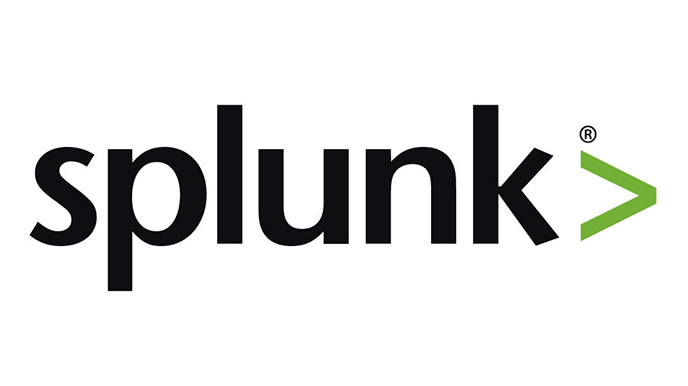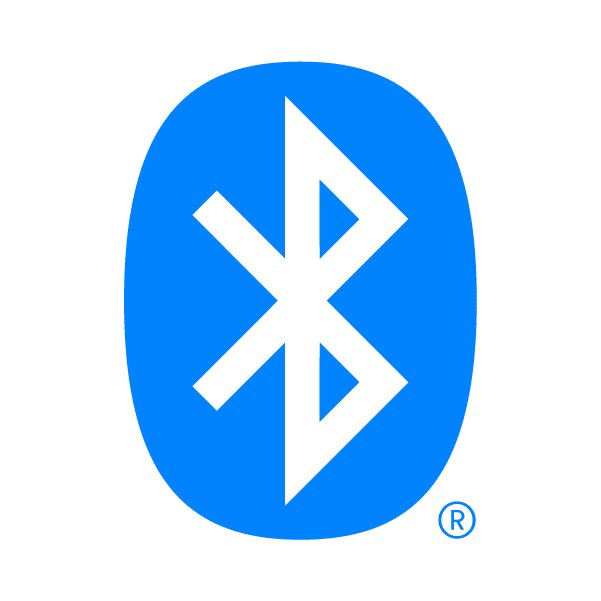Splunk Technology – A Company Which Built World’s First Data-To-Everything Platform.
Born in 2003, Splunk Technology has received unicorn status and has become a very unique company of its own. The team of Splunk believes in the power of data and opportunities it creates for an organization when coupled with cutting-edge tech. The scenery of big enterprises is evolving too quickly to grasp all at once. So, learning in the way of making simultaneous transformations will keep any organization afloat. Splunk aims to help enterprises capture data on a real-time basis, study them, and take quick actions. The main goal here is to bridge the gap between data availability of any kind and the actions that are followed by studying it.
About Splunk Technology
Splunk is a technology company that primarily works with machine-generated data. The company is based in San Francisco, California, US. Seventeen years ago, Michael Baum, Rob Das, and Erik Swan founded the company. Doug Merritt is the present CEO and President of Splunk. Currently, Splunk has more than 7,500 employees who are spread across 27 different offices across the globe. The company is publicly traded as SPLK under NASDAQ.
There are several products of Splunk whose main task is to capture, study, and co-relate real-time data and draw conclusions from it using infographics. Splunk makes its products available to a wide range of clients who use the data and information Splunk learns from it in various operations of the company. There’s a lot to learn how Splunk is making changes and help companies accelerate growth in a variety of fields.

Splunk in the Initial Days
Back in 2003, when the three co-founders established Splunk, they were supported by venture firms like August Capital, Ignition Partners, etc. The company was looking for significant funding in the early couple of years and raised $40 million by 2007. The growth of Splunk became noticeable around 2009 and the company eventually filed its first IPO in 2012. Since Splunk became a publicly-traded company, it started acquiring many businesses, launched multiple products, and made it to the Fortune 1000 list.
The company started acquisition in 2013 when it acquired a mobile-based data analytics business called BugSense. Acquiring this company was a smart move as BugSense provided mobile users to get access to data analytics using a “software developer kit.” Later that year, Splunk acquired Cloudmeter, a company that transformed network data. 2015 became a very important year for Splunk as it back-to-back acquired two companies, namely, Metafor and Caspida. Splunk when acquired Caspida entered into the cybersecurity field and thus after a few months partnered with Booz Allen Hamilton Inc (US government security contractor) for detecting cyber threats. In 2015, Splunk welcomed its new CEO, Doug Merritt.
Success of Splunk
With the growing business of Splunk, the company decided to donate a huge amount for providing training, support, education, etc to non-profit organizations and schools. Splunk took care of both its customers and employees equally. In 2017, it became the fourth largest company in the US in terms of highest pay. Splunk kept on adding more companies to its acquisition list especially in 2017 and 2018. Some of the companies that it bought in the two years span are Drastin, SignalSense, VictorOps, Krypton Cloud, etc. With acquiring companies specialized in different fields, Splunk now provides solutions from aerospace to healthcare. Till last year, 92 companies from the Fortune 100 list were clients of Splunk.
Splunk offers its products and solutions in many industries, but the three key initiatives of the company remain the same for its clients. First, unleashing the full potential of cloud transformation by overcoming cloud complexity. Second, Splunk provides a data analytics backbone to all its clients so that they keep responding to modern threats effectively and adapt to constantly evolving business scenarios. Third, to improve the quality of the digital experience by accelerating innovation, enhancing quality performance, and strengthening security.
About Dough Merritt
Doug Merritt joined Splunk with a very impressive business background. Merritt went to the University of Pacific Stockton, California, and graduated with a BS degree. He co-founded a cloud-based company called Icarian Inc and also served as its CEO from 1996 to 2001. Before joining Splunk, he worked at a few other companies like Cisco Systems and Baynote (served as the CEO). Merritt joined Splunk in 2014 and only after a year became both the CEO and President of the company. Under his leadership, Splunk went through some major shifts in its financial model which resulted in an increase in the company’s market capitalization.

Annasha Dey is an NIT student, who apart from studying engineering is also a content writer. She has a great interest in photography, writing, reading novels, and travelling as well. She is a foodie who loves socializing and hanging out with her friends. She is also a trained Kathak dancer and a big fashion enthusiast. Dey also loves watching TV series, which includes F.R.I.E.N.D.S. and Big Bang Theory. To be a better writer she prefers to read more

